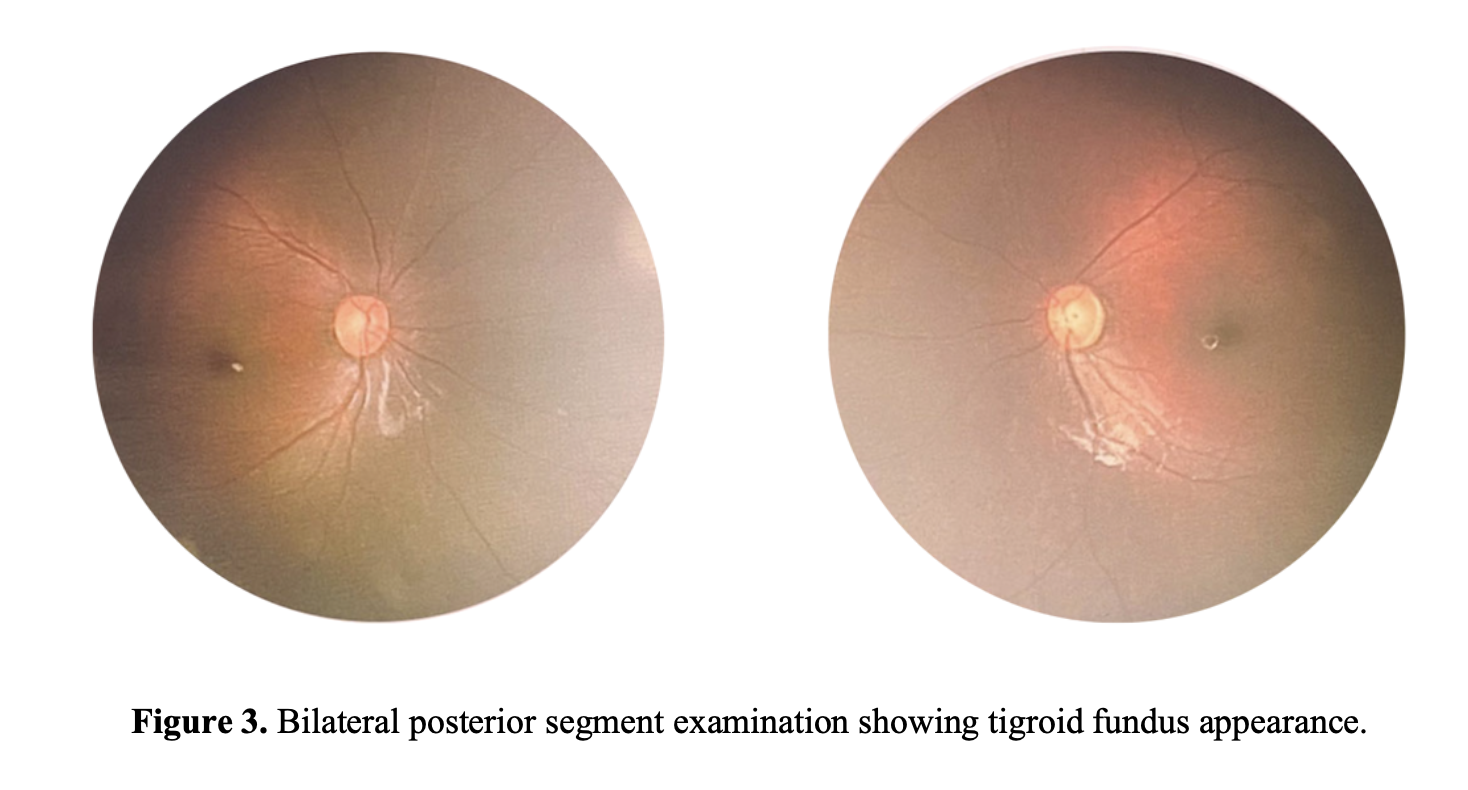RELATIONSHIP BETWEEN CONTACT LENS WEAR AND THE RISK OF ACQUIRED BLEPHAROPTOSIS
DOI:
https://doi.org/10.35749/f7cvsk87Keywords:
contact lens, acquired blepharoptosis, ptosisAbstract
Objectives: Contact lenses (CL) wear has been reported to be associated with acquired blepharoptosis. This literature review aims to summarize and evaluate the risk of acquired blepharoptosis in contact lens wearers.
Methods: Literature searching was conducted using three online databases including PubMed, Cochrane Library, and Embase. Search terms such as “contact lens”, “ptosis”, and “blepharoptosis” were included. Reference lists of each study were also assessed for potentially relevant sources.
Results: Using relevant search terms in various databases, a total of three articles were included in this review. All studies reviewed were single-center retrospective studies. The three studies suggested that wearing contact lens was significantly associated with blepharoptosis. Long-term contact lens wear, ranging from 15 to 34 years, seemed to have a significant effect on the incidence of blepharoptosis. Hard contact lens (HCL) wear has a greater risk for ptosis to occur than soft contact lens (SCL) wear.
Conclusion: There is evidence of a clear association between hard or soft contact lens wear and an increased risk of blepharoptosis. Patients wearing contact lenses should be informed of the risk of blepharoptosis, and a history of contact lens wear should be sought in all patients who have acquired blepharoptosis.
Downloads
References
Cope JR, Collier SA, Rao MM, Chalmers R, Mitchell GL, Richdale K, et al. Contact lens wearer demographics and risk behaviors for contact lens-related eye infections. Morbidity and Mortality Weekly Report. 2015 Aug 8;64(32):865. https://pubmed.ncbi.nlm.nih.gov/26292204/
Ibrahim NK, Seraj H, Khan R, Baabdullah M, Reda L. Prevalence, habits and outcomes of using contact lenses among medical students. Pak J Med Sci. 2018 Nov 1;34(6):1429. https://pubmed.ncbi.nlm.nih.gov/30559798/
Epstein G, Putterman AM. Acquired blepharoptosis secondary to contact-lens wear. Am J Ophthalmol. 1981;91(5):634–9. https://pubmed.ncbi.nlm.nih.gov/7234947/
Fonn D, Holden B. Rigid gas-permeable vs. hydrogel contact lenses for extended wear. Am J Optom Physiol Opt. 1988;65:536–44. https://pubmed.ncbi.nlm.nih.gov/3061308/
van den Bosch WA, Lemij HG. Blepharoptosis Induced by Prolonged Hard Contact Lens Wear. Ophthalmology. 1992;99(12):1759–65. https://pubmed.ncbi.nlm.nih.gov/1480390/
Bacharach J, Lee WW, Harrison AR, Freddo TF. A review of acquired blepharoptosis: prevalence, diagnosis, and current treatment options. Eye 2021 35:9. 2021 Apr 29;35(9):2468–81. https://pubmed.ncbi.nlm.nih.gov/33927356/
Sridharan G V., Tallis RC, Leatherbarrow B, Forman WM. A community survey of ptosis of the eyelid and pupil size of elderly people. Age Ageing. 1995 Jan;24(1):21–4. https://pubmed.ncbi.nlm.nih.gov/7762457/
Hashemi H, Khabazkhoob M, Emamian MH, Yekta A, Jafari A, Nabovati P, et al. The prevalence of ptosis in an Iranian adult population. J Curr Ophthalmol. 2016 Sep 1;28(3):142. https://pubmed.ncbi.nlm.nih.gov/27579459/
Kim MH, Cho J, Zhao D, Woo KI, Kim YD, Kim S, et al. Prevalence and associated factors of blepharoptosis in Korean adult population: The Korea National Health and Nutrition Examination Survey 2008-2011. Eye (Lond). 2017 Mar 24;31(6):940–6. https://pubmed.ncbi.nlm.nih.gov/28338663/
Cahill K V., Bradley EA, Meyer DR, Custer PL, Holck DE, Marcet MM, et al. Functional indications for upper eyelid ptosis and blepharoplasty surgery: a report by the American Academy of Ophthalmology. Ophthalmology. 2011;118(12):2510–7. https://pubmed.ncbi.nlm.nih.gov/22019388/
Kersten RC, de Conciliis C, Kulwin DR. Acquired ptosis in the young and middle-aged adult population. Ophthalmology. 1995;102(6):924–8. https://pubmed.ncbi.nlm.nih.gov/7777300/
Jones LT, Quickert MH, Wobig JL. The cure of ptosis by aponeurotic repair. Arch Ophthalmol. 1975;93(8):629–34. https://pubmed.ncbi.nlm.nih.gov/1156224/
Allen R. Surgical management of ptosis and brow ptosis. In: Focal Points: Clinical Practice Perspectives. San Francisco: American Academy of Ophthalmology; 2017.
Finsterer J. Ptosis: Causes, Presentation, and Management. Aesthetic Plast Surg. 2003 May;27(3):193–204. https://pubmed.ncbi.nlm.nih.gov/12925861/
Richards HS, Jenkinson E, Rumsey N, White P, Garrott H, Herbert H, et al. The psychological well-being and appearance concerns of patients presenting with ptosis. Eye. 2014;28(3):296. https://pubmed.ncbi.nlm.nih.gov/24357840/
Kitazawa T. Hard Contact Lens Wear and the Risk of Acquired Blepharoptosis: A Case-Control Study. Eplasty. 2013;13:e30. https://pubmed.ncbi.nlm.nih.gov/23826433/
Watanabe A, Imai K, Kinoshita S. Impact of high myopia and duration of hard contact lens wear on the progression of ptosis. Jpn J Ophthalmol. 2013 Mar;57(2):206–10. https://pubmed.ncbi.nlm.nih.gov/23229097/
Bleyen I, Hiemstra CA, Devogelaere T, Van Den Bosch WA, Wubbels RJ, Paridaens DA. Not only hard contact lens wear but also soft contact lens wear may be associated with blepharoptosis. Can J Ophthalmol. 2011;46(4):333–6. https://pubmed.ncbi.nlm.nih.gov/21816253/
Lee TY, Shin YH, Lee JG. Strategies of upper blepharoplasty in aging patients with involutional ptosis. Arch Plast Surg. 2020;47(4):290. https://pubmed.ncbi.nlm.nih.gov/32718105/
Small R, Sabates N, Burrows D. The measurement and definition of ptosis. Ophthalmic Plast Reconstr Surg. 1989;5(3):171–5. https://pubmed.ncbi.nlm.nih.gov/2487216/
Thean JHJ, Mcnab AA. Blepharoptosis in RGP and PMMA hard contact lens wearers. Clin Exp Optom. 2004 Jan;87(1):11–4. https://pubmed.ncbi.nlm.nih.gov/14720114/
Hwang K, Kim JH. The risk of blepharoptosis in contact lens wearers. Journal of Craniofacial Surgery. 2015 Jul 1;26(5):e373–4. https://pubmed.ncbi.nlm.nih.gov/26102541/
Frueh BR. The Mechanistic Classification of Ptosis. Ophthalmology. 1980;87(10):1019–21. https://pubmed.ncbi.nlm.nih.gov/7017524/
Yang B, Liu L, Cho P. Does long-term rigid contact lens wear lead to acquired blepharoptosis in Chinese eyes? Eye Contact Lens. 2020 Jan 1;46(1):24–30. https://pubmed.ncbi.nlm.nih.gov/30985490/
Watanabe A, Araki B, Noso K, Kakizaki H, Kinoshita S. Histopathology of blepharoptosis induced by prolonged hard contact lens wear. Am J Ophthalmol. 2006;141(6). https://pubmed.ncbi.nlm.nih.gov/16765678/
Downloads
Published
Issue
Section
Categories
License
Copyright (c) 2024 Febianza Mawaddah Putri

This work is licensed under a Creative Commons Attribution-NonCommercial-ShareAlike 4.0 International License.


